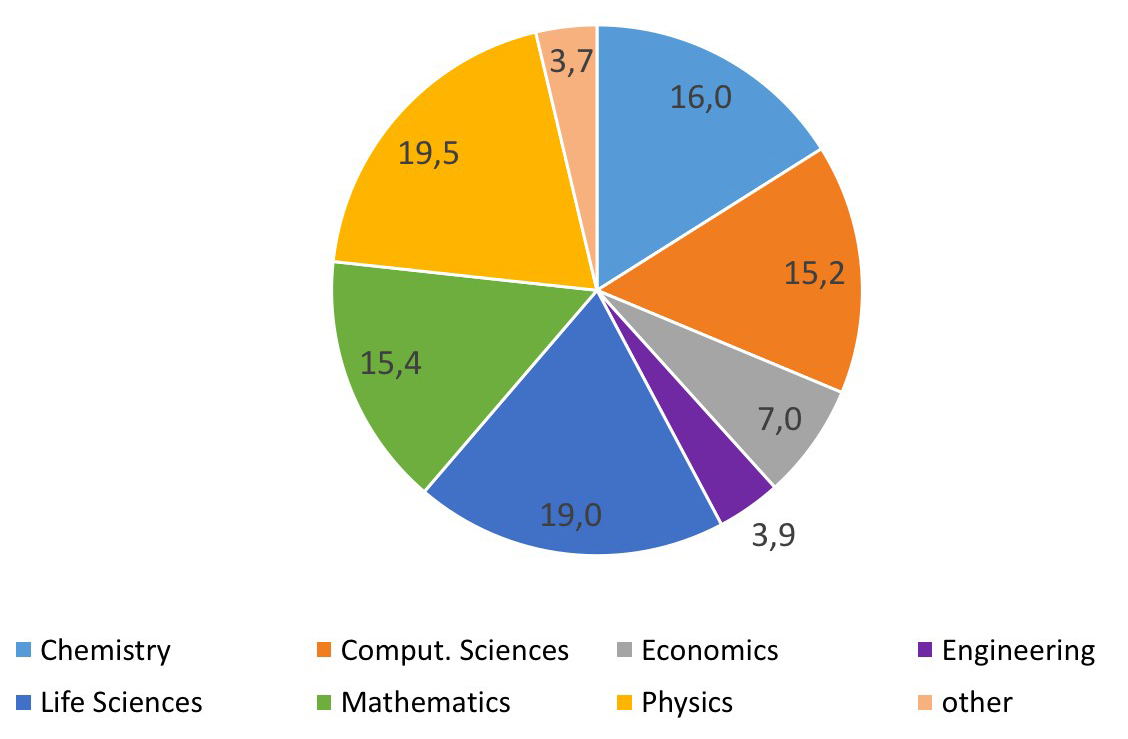Below is an excerpt of the article originally posted on 30/01/2019 by Carsten Könneker, the full article is found here.
More scientific literacy, more methodological knowledge and more authentic insights into how scientists obtain their results – today, scientists can communicate all of this to the public better than ever before. At their disposal, they have an unprecedented portfolio of opportunities to engage in the communication of science to laypeople, ranging from offline formats such as classic public lectures, children’s universities or science slams to various online formats such as YouTube videos, blogs or Facebook pages. It has become clear that scientists are no longer dependent on media professionals and can now just go ahead with personal outreach. But to what extent do researchers make use of their opportunities? What about the young in particular, those who have grown up in the digital age with its many opportunities to get involved? Plus: Are there any differences between scientific disciplines or cultures?
From 2014 to 2018, we surveyed the participants of two highly respected international scientific events for young researchers – the Lindau Nobel Laureate Meetings and the Heidelberg Laureate Forum. We asked them about their attitudes towards science communication to the public (the so called external science communication) and their personal involvement in such activities. What importance do these young researchers from all over the world, who many consider to be the “next generation of professors”, ascribe to communicating science to laypeople? Which formats do they use themselves – and how often? After quality control, we were left with 988 complete datasets of young scientists. These scientists carry out their research in 89 countries and none are older than 35 years old. 41.5% of the interviewees in the sample were women, while 57.5% were men. Fig. 1 shows the distribution by subject.

Read more >>>